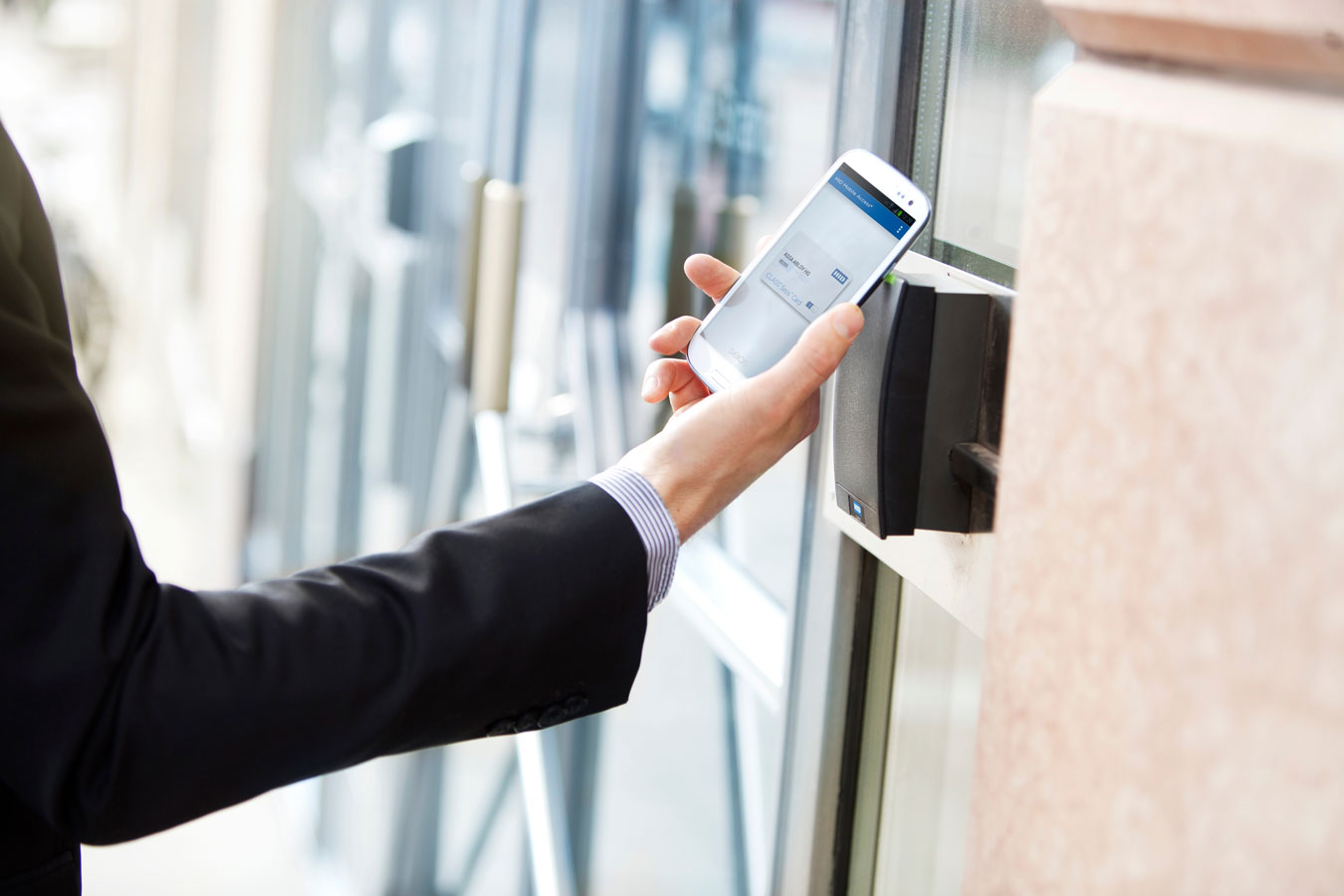Unlocking the Benefits of Mobile Access Control: Improving Security and Convenience with Your Smartphone
Mobile access control is a technology that has rapidly grown in popularity over the past decade. It allows users to access secured areas or information using their mobile devices, such as smartphones and tablets, as an authentication method. With mobile access control, users no longer need to carry a separate key card or fob for access control systems; instead, they can simply use their mobile devices to unlock doors, turnstiles, or access IT systems.
Mobile access control has a relatively short history, with the first mobile-enabled access control systems appearing in the market in the mid-2000s. These early systems utilized Bluetooth or NFC (Near Field Communication) technology to communicate between mobile devices and access control readers. However, the widespread adoption of mobile access control did not occur until the emergence of smartphones and the subsequent availability of mobile apps in the late 2000s. Today, mobile access control is becoming a standard feature in many access control systems, and its adoption is growing in popularity.
The components of mobile access control include mobile devices, access control software or apps, authentication methods, and access control systems. Mobile devices, such as smartphones or tablets, are the primary means for users to access controlled areas or information. These devices communicate with access control systems using Bluetooth, NFC, or other wireless protocols. The access control software or app is responsible for managing access permissions, configuring the mobile devices, and collecting access data for reporting and analytics.
Authentication methods are an essential component of mobile access control, providing secure and reliable access for authorized users. Biometric authentication, such as facial recognition or fingerprint scanning, has become increasingly popular as it provides a high level of security and convenience. Other authentication methods include PIN codes or one-time passwords delivered via SMS or email. Access control systems, such as electronic locks, turnstiles, and gates, are the final component of mobile access control, allowing or denying access based on the authentication performed by the mobile device and software.
The advantages of mobile access control are numerous and include increased security, convenience and flexibility, cost savings, and better user experience. The use of mobile devices for access control can provide a higher level of security than traditional access control methods, as it can incorporate biometric authentication methods that are harder to spoof or duplicate. Mobile devices are also harder to lose or misplace than traditional key cards, reducing the risk of unauthorized access due to lost or stolen access credentials.
Mobile access control is also more convenient and flexible than traditional methods. Users no longer need to carry a separate key card or fob, and can easily gain access using their mobile device. Additionally, mobile access control can be configured to provide time-limited access or access to specific areas or information, improving security and reducing the risk of unauthorized access.
Cost savings are also a significant advantage of mobile access control. Traditional access control systems can be costly to implement and maintain, requiring expensive hardware, software, and infrastructure. Mobile access control systems are often more cost-effective, as they can leverage existing mobile devices and wireless infrastructure. Additionally, mobile access control can reduce the need for physical key cards or fobs, saving on replacement and distribution costs.
Finally, mobile access control provides a better user experience. Users are increasingly accustomed to using mobile devices for a variety of tasks, from communication to online banking, and mobile access control allows them to access secured areas or information in a similar manner. Mobile access control is also faster and more efficient than traditional methods, reducing wait times and improving user satisfaction.
In conclusion, mobile access control is a technology that is becoming increasingly popular in the access control market. It provides many advantages over traditional access control methods, including increased security, convenience and flexibility, cost savings, and a better user experience. With advancements in biometric authentication and the continued growth of mobile devices, it is expected that mobile access control will play an important role in securing access to physical and logical assets.





